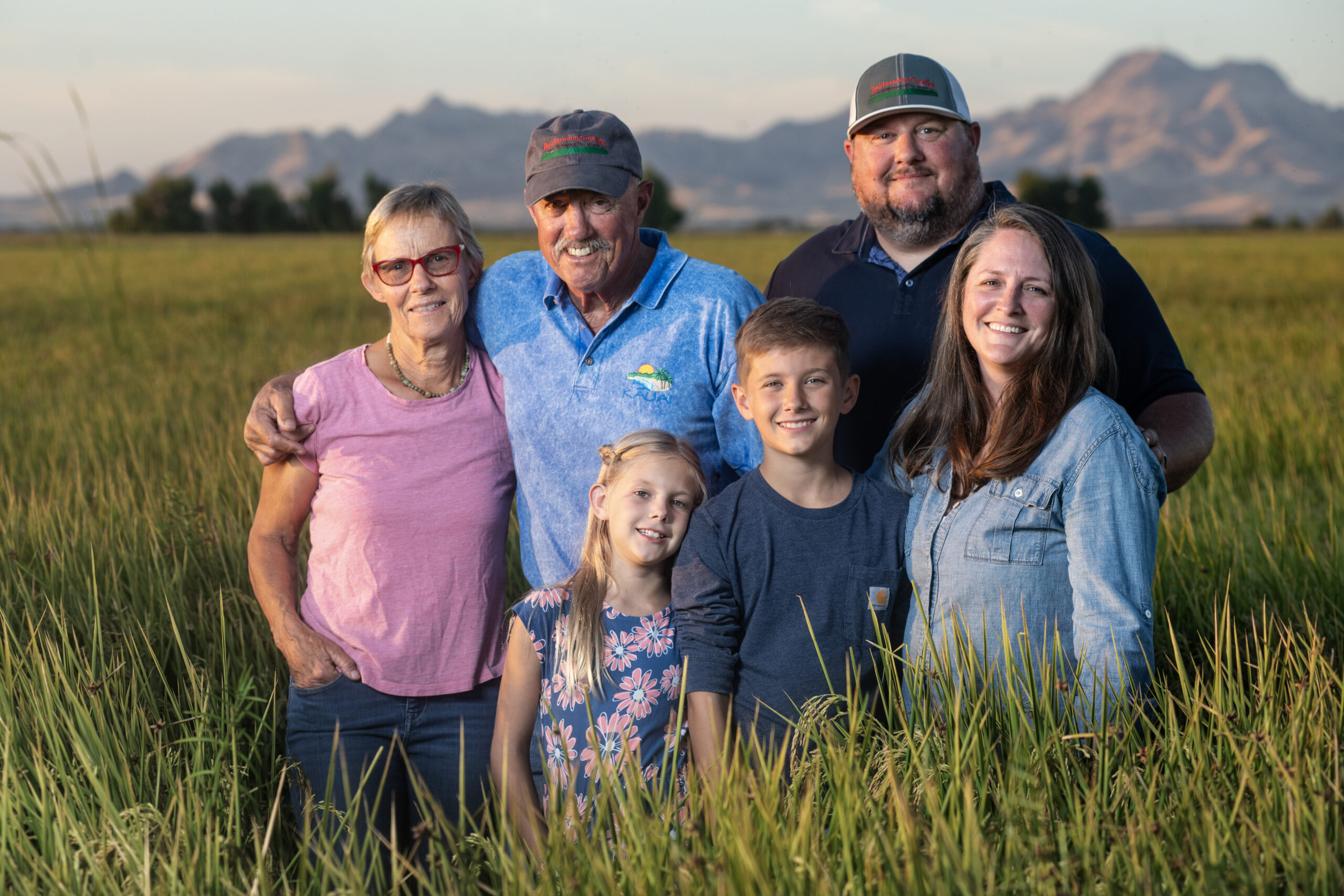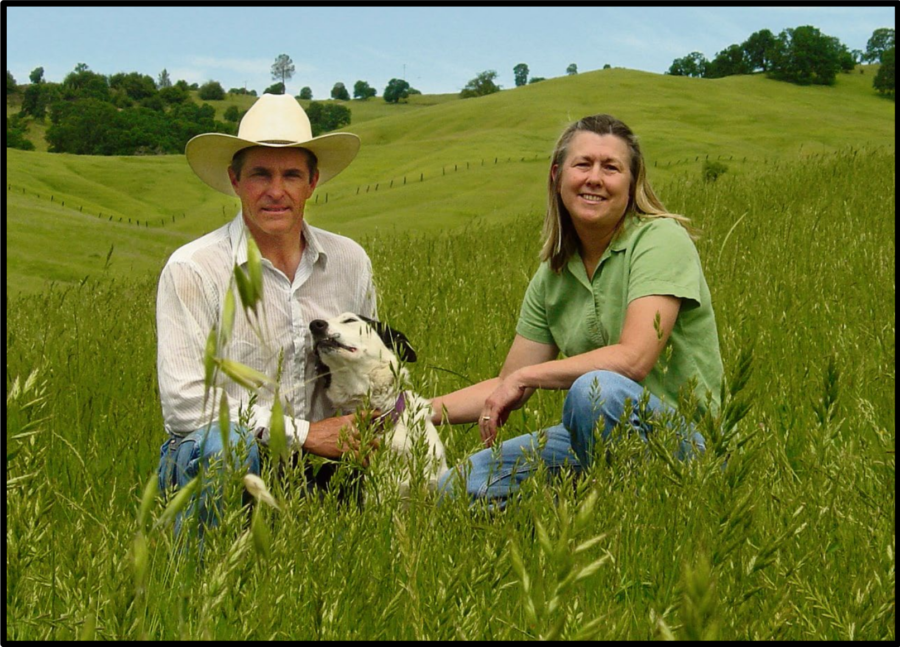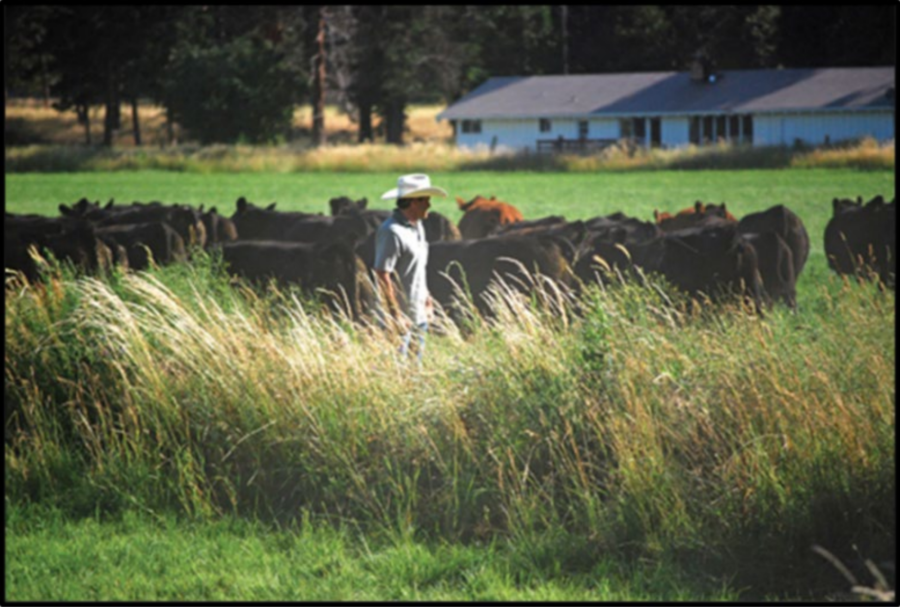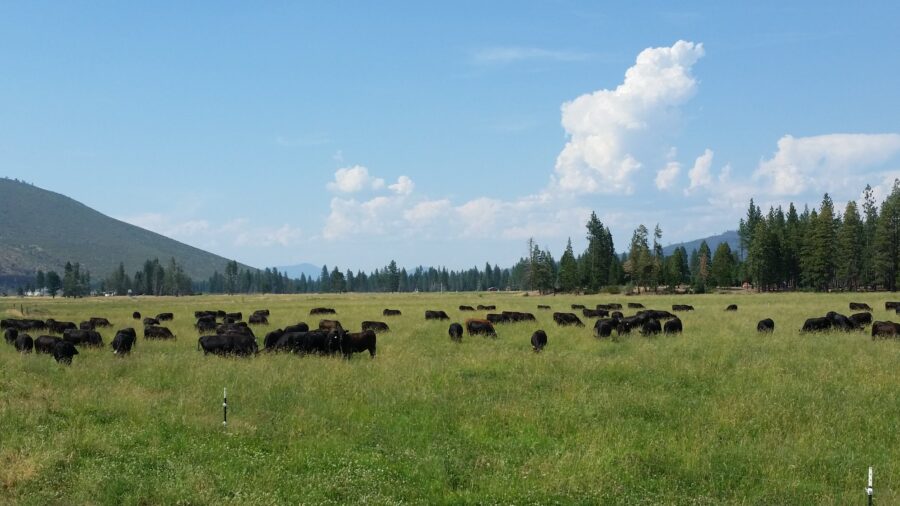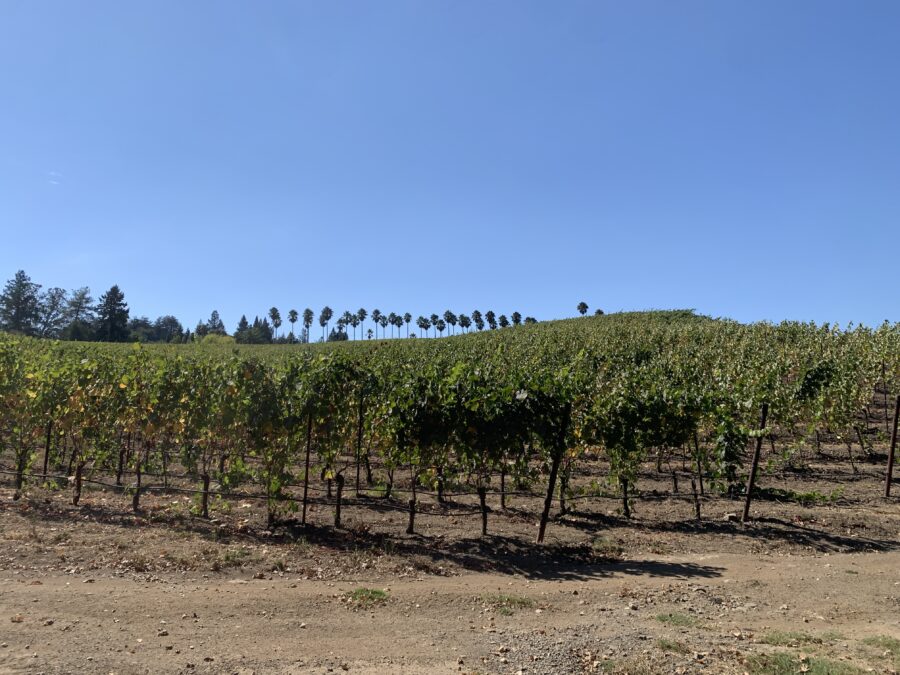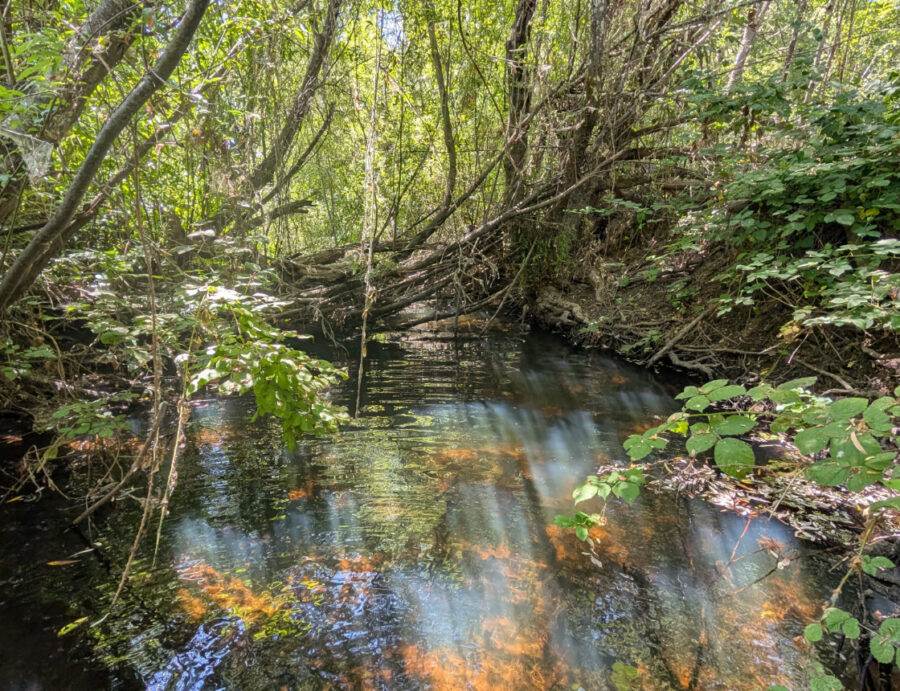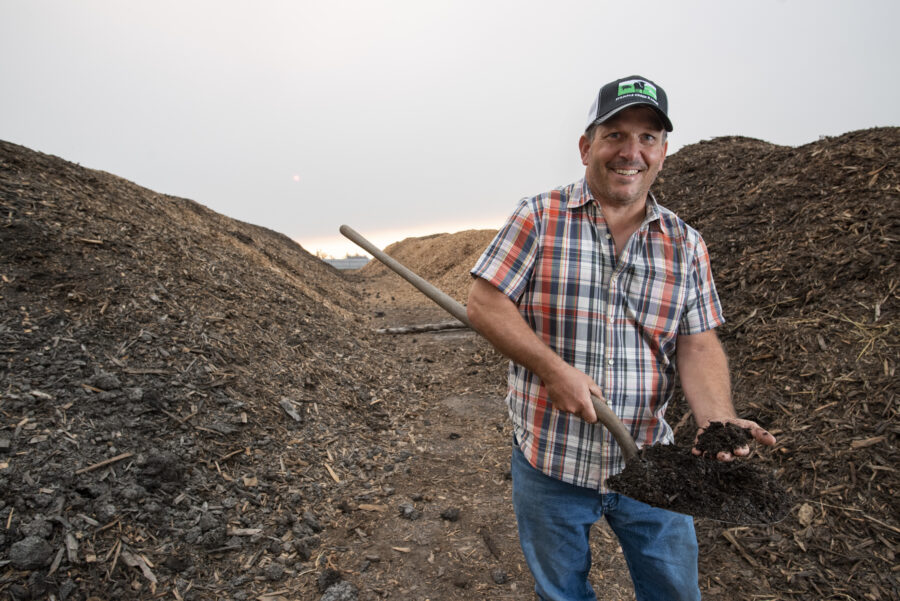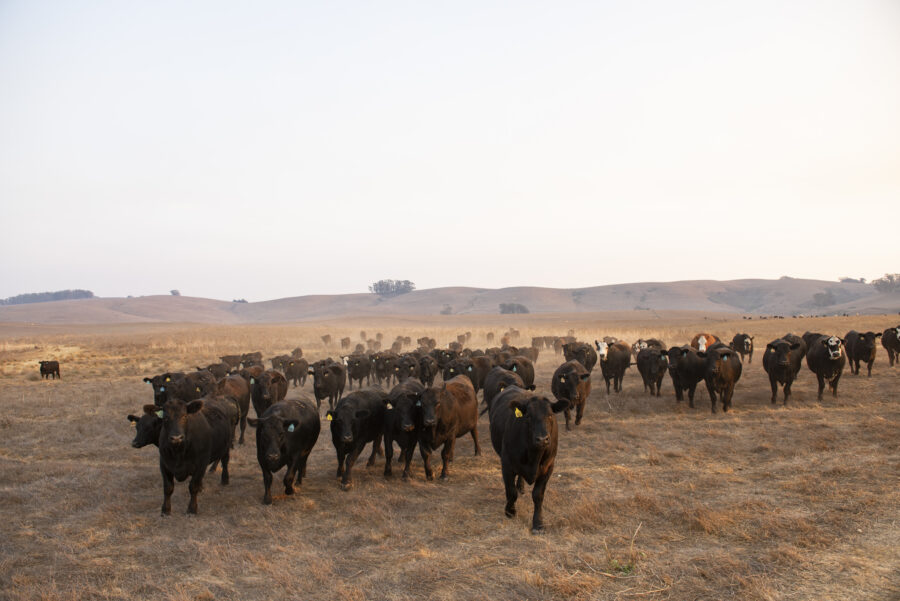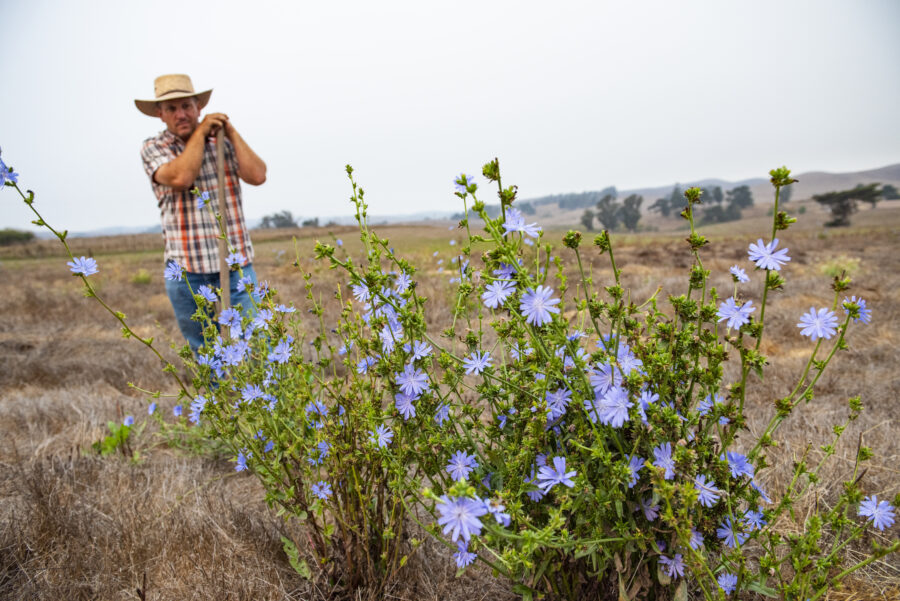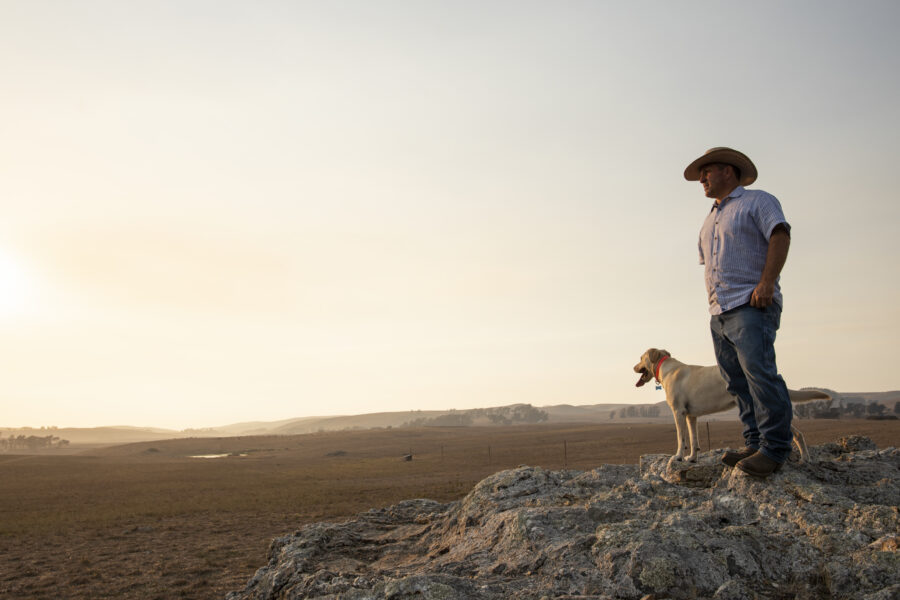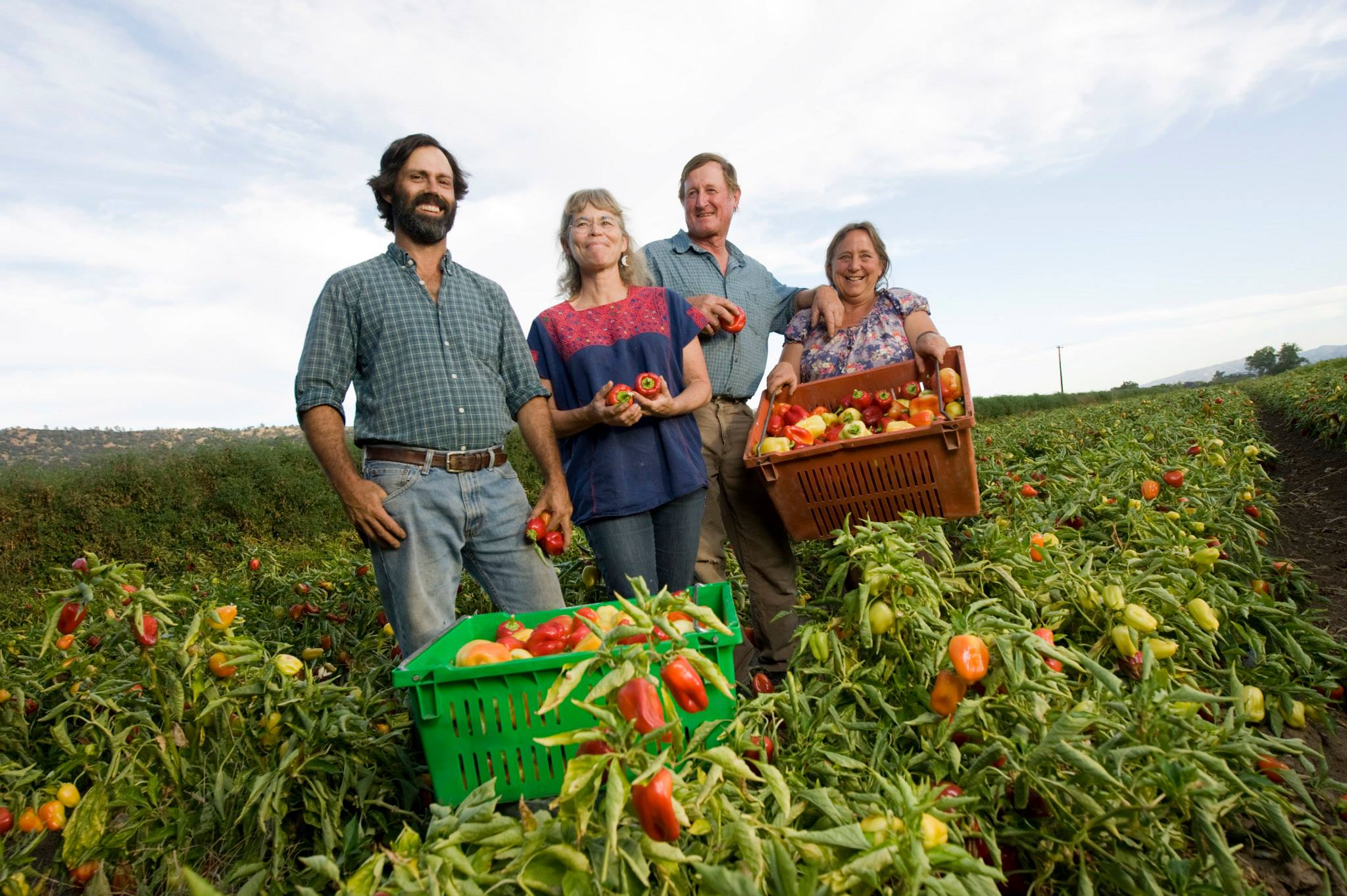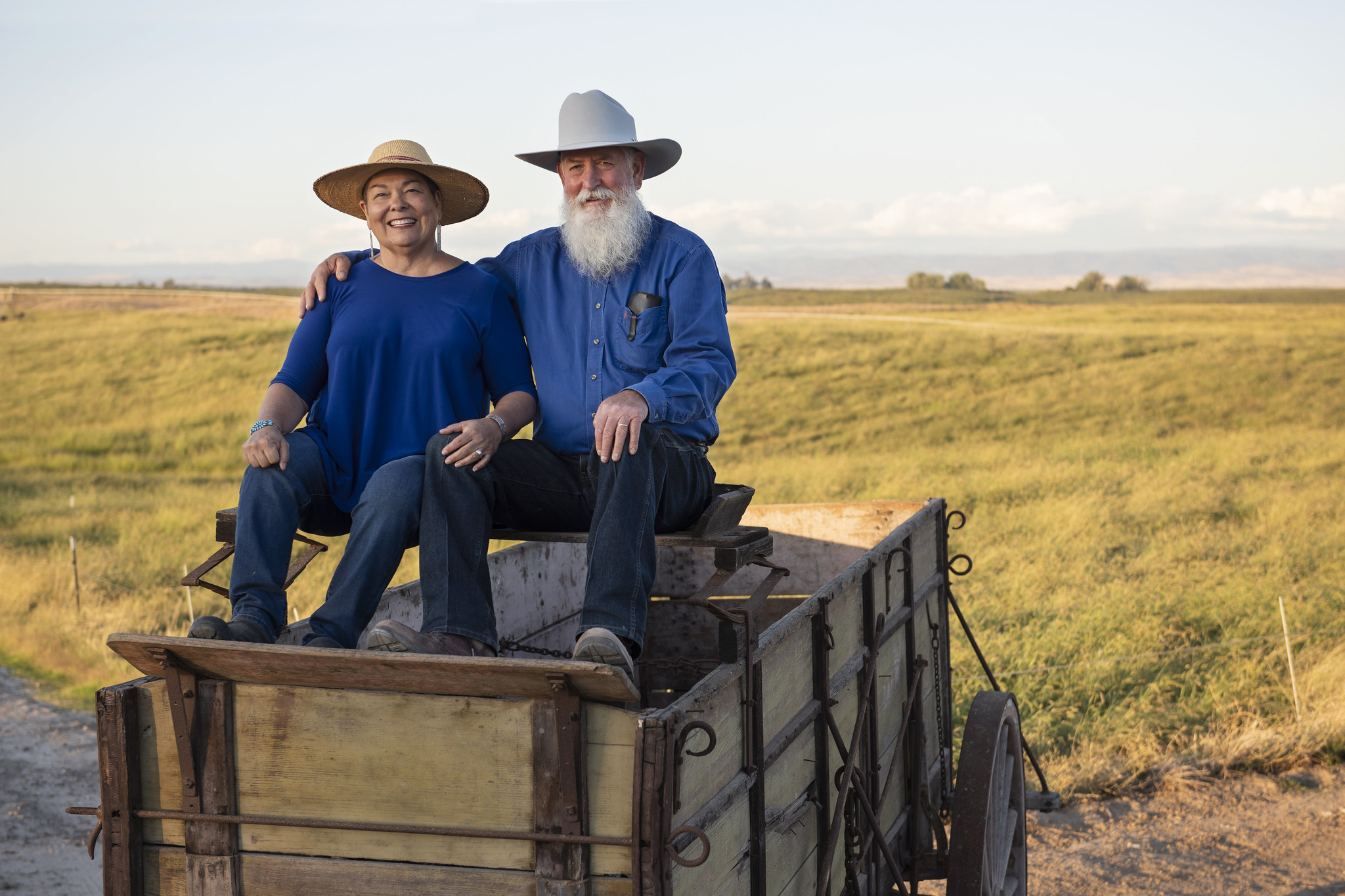Sustainable Conservation is proud to help coordinate the California Leopold Conservation Award (LCA), now in its 20th year! We’re grateful to the Sand County Foundation, California Farm Bureau Federation, and American Farmland Trust for their leadership and partnership in administering this award — it’s always a highlight of our year.
Given in honor of renowned conservationist Aldo Leopold, the award recognizes landowners who inspire others with their exemplary dedication to land, water, and wildlife habitat management on private, working lands. Since 2006, the award has recognized California farmers, ranchers, and foresters who best exemplify the Leopold conservation ethic throughout all their agricultural practices. The 2025 recipient will be announced during the California Farm Bureau Federation’s Annual Meeting in December. The recipient will receive $10,000 and a crystal award.
This year, the award will go to one of three remarkable finalists: Hat Creek Grown, Iron Horse Vineyards, or Stemple Creek Ranch. While the farms differ greatly in their size and scale, location, and products, they all share a long-term commitment to produce quality produce while adhering to their strict conservation philosophies. Read the below profiles to learn more about the finalists’ unique stories!
Hat Creek Grown (Shasta County)
Quick facts:
As advocates for sustainable ranching, the Giacominis continually adapt their practices to address evolving environmental challenges, from implementing drought-resistant mobile watering systems to transitioning their herd to an all-grass-fed program. They have invested in on-farm infrastructure projects, like irrigation pipelines and riparian buffers, to enhance water efficiency and soil health while reducing erosion. In addition to their conservation methods, Hat Creek Grown engages in community education and outreach to raise awareness about the benefits of sustainable farming. They promote transparency in their operations, encouraging consumers to understand where their food comes from and the impact of their purchasing choices. Through collaborations with local organizations and support for regenerative practices, Hat Creek Grown is actively contributing to a more sustainable food system that benefits both people and the planet.
“Today only a tiny fraction of the US population is directly involved in the production of food and fiber, yet everyone relies upon it. Of these individuals, only a few have developed a direct connection with land like the Giacomini’s, who have worked to foster consumer connection with their food source,” said Rob Wooten, President of the Shasta County Farm Bureau. “Throughout their development of Hat Creek Grown they have implemented practices that have improved the integrity, stability and beauty of the lands entrusted to them.”
Iron Horse Vineyards (Sonoma County)
Quick facts:
Located in Sonoma County’s Green Valley, Iron Horse Vineyards has been family owned and operated for three generations, producing acclaimed sparkling wines, Chardonnay, and Pinot Noir. The Sterling family manages 264 acres of vines with a focus on regenerative practices that protect soil health, conserve water, and enhance local ecosystems. The vineyard uses 100% recycled water for irrigation and frost protection, sourced from winery operations, rainwater, and treated wastewater from nearby Forestville — a partnership that has been in place since 1990. Iron Horse is also working with the Gold Ridge Resource Conservation District and the California Department of Fish and Wildlife to restore Coho salmon habitat on a section of Green Valley Creek that runs through the estate.
Iron Horse is also piloting a “Connectivity Test Bed” with UC Davis and AT&T to improve water efficiency through precision irrigation on hilly terrain, serving as a model for connected, climate-smart agriculture. CEO Joy Sterling also serves on the California State Board of Food and Agriculture and the Coastal Conservancy, advocating for sustainable and digitally connected rural communities. Through its Ocean Reserve and Gratitude wines, Iron Horse donates proceeds to ocean conservation organizations and the Redwood Empire Food Bank, demonstrating that agriculture, environmental stewardship, innovation, and community support can grow from the same roots.
Stemple Creek Ranch (Marin County)
Quick facts:
Stemple Creek Ranch has been stewarded by the Poncia family for four generations in Tomales, California. Loren and Lisa Poncia are dedicated to both the land and their community, managing their beef, pork, and lamb operations to maximize soil health, biodiversity, and symbiosis with the natural ecosystem. They have pioneered practices to build carbon and organic matter in the soil, making the ranch a model of sustainable agriculture as a demonstration site for the Marin Carbon Project. In addition to habitat restoration and riparian protections on Stemple Creek, they host soil scientists to continually refine their carbon sequestration methods.
Expanding into ventures like wedding hosting, rental homes, and partnerships with local grocery chain Oliver’s Market and local restaurants, the Poncias bring a unique vision to each enterprise. They aim to reduce carbon emissions by focusing on local markets and minimizing transport distances in their direct-to-consumer sales. Loren adheres to six core soil health principles, from leaving crop residues to rotating cows meticulously — protecting the soil from compaction, improving water retention, and preventing pollution. With these practices, the Poncias have created an agile and perpetually forward-looking ranch ecosystem that thrives economically and environmentally.
The Leopold Conservation Award in California is made possible thanks to the generous support of American Farmland Trust, California Farm Bureau Federation, Sand County Foundation The Harvey L. & Maud C. Sorensen Foundation, Farm Credit, The Nature Conservancy in California, McDonald’s, and California LCA recipient alumni.
Stay tuned to see who will named the 2025 California Leopold Conservation Award Recipient this winter! In the meantime, visit this page to see what made prior award recipients stand out.
